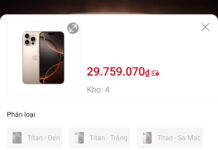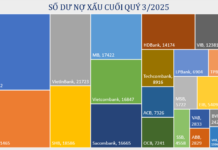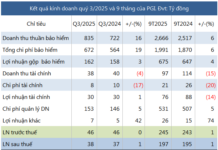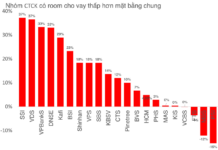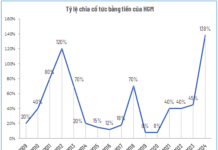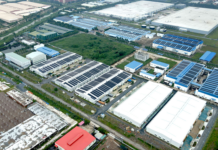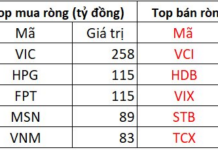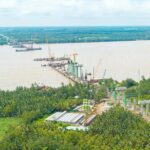The World’s Largest “Black Gold” Mine in 2022
In February 2022, the world was stunned by TotalEnergies SE’s (France) discovery of the largest oil field in 2022: the Venus oil field in the Orange Basin, Namibia (a nation in southwestern Africa).
With estimated reserves of 1.5 billion barrels of light crude oil at 45° API (a high-quality, low-impurity grade) and 136 billion m³ of natural gas, the Venus oil field is one of the largest oil and gas discoveries in Africa in decades. At current prices, this “treasure trove” is valued at approximately $117 billion.
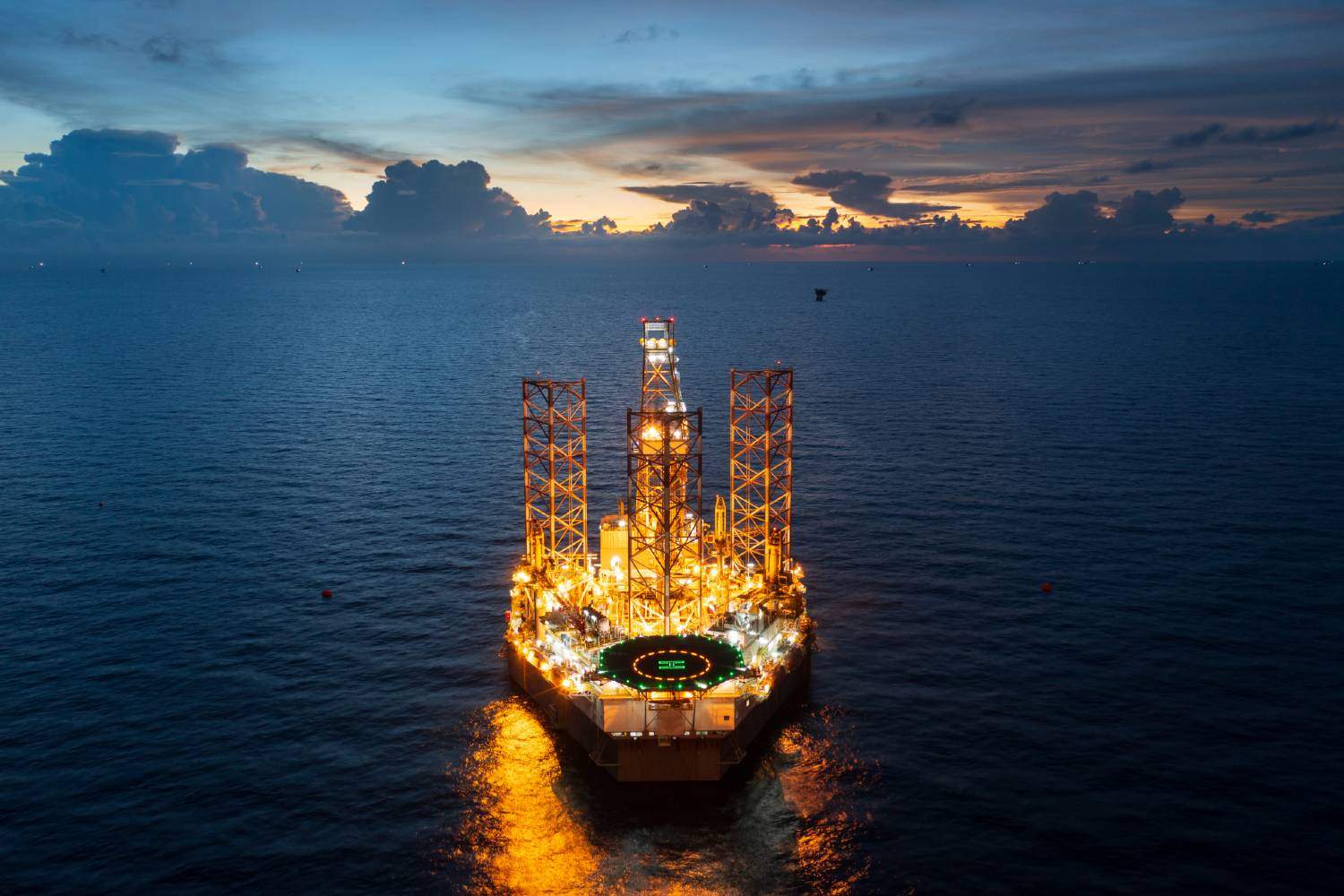
Image of an active drilling rig in the Orange Basin. Source: Energycapitalpower
Venus is expected to produce approximately 150,000 barrels per day, with sustained output for 30-40 years, promising to increase Namibia’s GDP by up to 20% by 2030.
This is a literal treasure trove. However, more than three years since its discovery, the Venus oil field remains dormant, lying 3,000 meters beneath the sea.
Why Has Africa’s Largest Oil Field Not Yet Been Developed?
Technical Challenges
Located 3,000 meters below sea level, 300 km offshore, Venus is one of the most complex offshore projects in the world.
At 3,000 meters deep, underwater infrastructure must withstand external pressures exceeding 300 bar (or 4,400 psi). This is equivalent to stacking the weight of three SUVs on every square inch (6.4 cm²) of a pipeline.
Developing the Venus project involves not just oil drilling but also extremely complex engineering under the ocean’s immense pressure. To bring oil and natural gas to the surface, systems must be built to resist cracks, corrosion, or failure in one of the planet’s harshest environments.

Illustrative image.
The great depth and high gas-to-oil ratio increase costs and risks. TotalEnergies initially projected 200,000 barrels per day but reduced this to 150,000 barrels per day to prioritize long-term value over rapid extraction.
Additionally, disagreements over handling associated gas (natural gas found and extracted alongside crude oil) pose a significant challenge: Namibia wants gas brought onshore for power generation, while TotalEnergies prefers reinjecting gas into the reservoir to maintain pressure due to low rock permeability. This increases costs and complicates design.
Economic Challenges
The Venus field is a historic opportunity but fraught with challenges. With immense economic potential, the project requires close collaboration between Namibia and TotalEnergies to overcome technical, economic, and political barriers. Venus’s success depends not only on technology but also on balancing investor and national interests.
Theoretically, Venus could significantly boost TotalEnergies’ cash flow by 2030 and reshape Namibia’s economic trajectory. In practice, the project must navigate harsh technical challenges and negotiate financial terms that balance investor profits with national expectations.
If Successfully Developed…
If agreements on gas, revenue, and infrastructure can be swiftly finalized, Venus could emerge as one of the decade’s flagship oil projects. Conversely, delays or failures could make it a prime example of the risks associated with pioneering energy projects in Africa.
When the first barrels of oil and natural gas are brought to the surface, it will not just be a success story. It will be a remarkable technological and geopolitical milestone.
Natural gas is currently viewed as a transition fuel in the shift to renewable energy. Compared to coal, natural gas is cleaner, emitting less CO₂, aligning with Namibia’s and the world’s energy transition trends.


